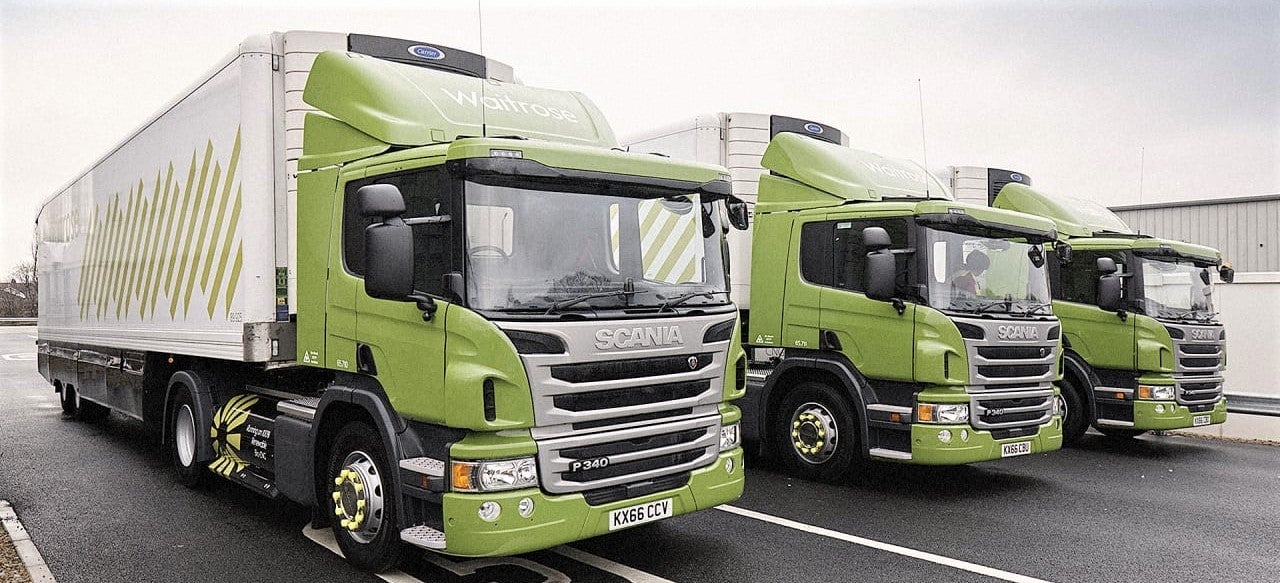What's the Difference Between Carbon Neutral and Carbon Negative?
Unlike many other fads that come and go with the tide, being environmentally conscious is one trend that will never go out of style. If anything, this evergreen lifestyle choice will only become more and more prescient in the years ahead and can be implemented across every level of day-to-day life: whether it's reducing consumption of resources, consuming more plant-based meats to cut back on land clearance needed to rear cattle (actuallythe single best thing an individual can do to positively impact the climate, according to new research), or simply recycling materials, there are so many things which can mitigate the effects of climate change. As our population continues expanding well beyond the seven-billion mark – and at a rate of growth never seen before at any other point in world history – there's no time like the present to reduce your carbon footprint.
As such, there has been an increasing drive for large corporations to offset the emissions generated across their business practice to slow the effects of climate change and ensure their products don't cost the earth. Burning fossil fuels as an energy source is one of the most damaging forms of pollution, with carbon dioxide accounting for nearly three-quarters of all human-created greenhouse gas emissions. The detrimental impact of these emissions has catastrophic implications for the environment, leading to higher sea levels and unnaturally modified weather patterns. One of the strange paradoxes of global warming is the potential for unseasonal cold snaps and, in a Day After Tomorrow worst-case scenario, a climate akin to the ice age.
As such, many large corporations – and entire countries – are resolving to amend their ways and keep the planet safe for generations to come. Two of the goals set by these countries are to be either carbon neutral or carbon negative, which are the kinds of phrases you have heard before but aren't entirely sure what they mean…
What does carbon neutral mean?
Every activity involving power usage or any internal combustion – from turning the lights on in your living room to cutting the grass with a ride-on lawnmower – contributes to your carbon footprint. Individually, you can choose to reduce that carbon footprint. Still, even if you cut down on half of your usual energy usage, the cumulative impact of this would be a drop in the ocean compared to the damage affected by multinational companies. After all, half the carbon emissions of a family of five will be much less than half of the pollutants generated by a company such as Amazon or General Motors, which both promise to be carbon neutral by 2030.

In a nutshell, if a company or a country goes 'carbon neutral,' it means they will have removed the equivalent volume of carbon emissions they have produced from the atmosphere. This neutrality is achieved by balancing what carbon emissions are created and what carbon emissions are removed. The way that companies accomplish this is by investing in carbon offsets, which fund projects all over the world committed to restoring trees lost to deforestation or repairing damaged wetlands.
In fact, anyone can buy into carbon offsets and do their bit to sponsor renewed tree growth, but a larger-scale investment that is more directly catered toward global companies would be the carbon credits scheme. This essentially permits corporations to continue emitting carbon dioxide, from the exhaust pipes of their delivery trucks or the chimneys of their factories, in exchange for their support of renewable energy projects or any other greenhouse gas reduction programs. Generally, one carbon credit 'buys' one metric ton of carbon dioxide emissions.
Often used interchangeably with 'carbon neutral' is the phrase 'net-zero emissions,' which is reasonable enough, but it still helps to know the specific difference between these two. Carbon neutrality relates to the balancing out of carbon dioxide produced against carbon dioxide removed – or turned into clean oxygen by photosynthesis –. In contrast, net-zero emissions encompass all greenhouse gas emissions and are, therefore, a much more ambitious commitment for large companies.
What does carbon negative mean?
As the name suggests, carbon negativity is taking a further step to reverse the impact of carbon emissions. This means that companies pledge to remove more carbon from the environment than they put into the atmosphere. It is usually characterized by extensive investment in carbon-reduction plans such as funding solar power research or tree-planting initiatives. The 'negative' here is the minus amount that is left from the carbon removed from the atmosphere: companies will achieve a neutral figure when they remove their own carbon emissions, but the minus – or 'negative' – figure is when they go below the point of neutrality to remove even more of their carbon emissions. As it happens, then, this negative is very, very positive!

The expense involved in sponsoring so many carbon-reduction schemes means that not every company can afford to commit to carbon-negative programs. Yet, the biggest polluters are often the most profitable business entities, so the two balance one another out. Essentially, the companies that should cut back on their worldwide carbon emissions are usually the ones who can afford to do so. Meanwhile, some companies choose to exercise a flair for corporate jargon by referring to carbon-negative schemes as "climate-positive" initiatives, which is more confusing than anything else.
Achieving carbon neutrality
You can reduce your carbon footprint in many ways, such as utilizing more sustainable energy sources – solar, wind, and geothermal heating – and riding to work on a bicycle instead of sitting in a traffic jam as you drive into the office. You can also purchase individual carbon credits, most commonly extended to individuals for use on flights, as the airline industry produces so much pollution worldwide. Did you know that a single return flight to New York from Chicago and back again accounts for 630 lbs of carbon dioxide per passenger? That's close to a third of a metric ton in emissions from just one 1,500-mile journey (the average distance commercially sourced food will travel from producer to consumer in the US.)
Another way to substantially minimize your carbon footprint is by sourcing your ingredients and foodstuffs from small-scale, independent suppliers. This not only supports the local economy, with every cent going nowhere else but to the farmer – no pesky intermediary in sight – but also means that food has far shorter distances to travel from producer to supplier.
Buffalo Market and the future of food distribution
As the leading food distributor of mission-driven brands, we firmly believe in the importance of reducing the amount of carbon in the atmosphere.
Buffalo Market uses cutting-edge technology to maximize route efficiency and extend product shelf life, reducing carbon emissions for our vehicles and minimizing food waste.
If you're a CPG company or retailer that wants to join our mission, reach out to our team today to learn more about getting Buffalo Market's legendary direct store delivery (DSD) distribution!

